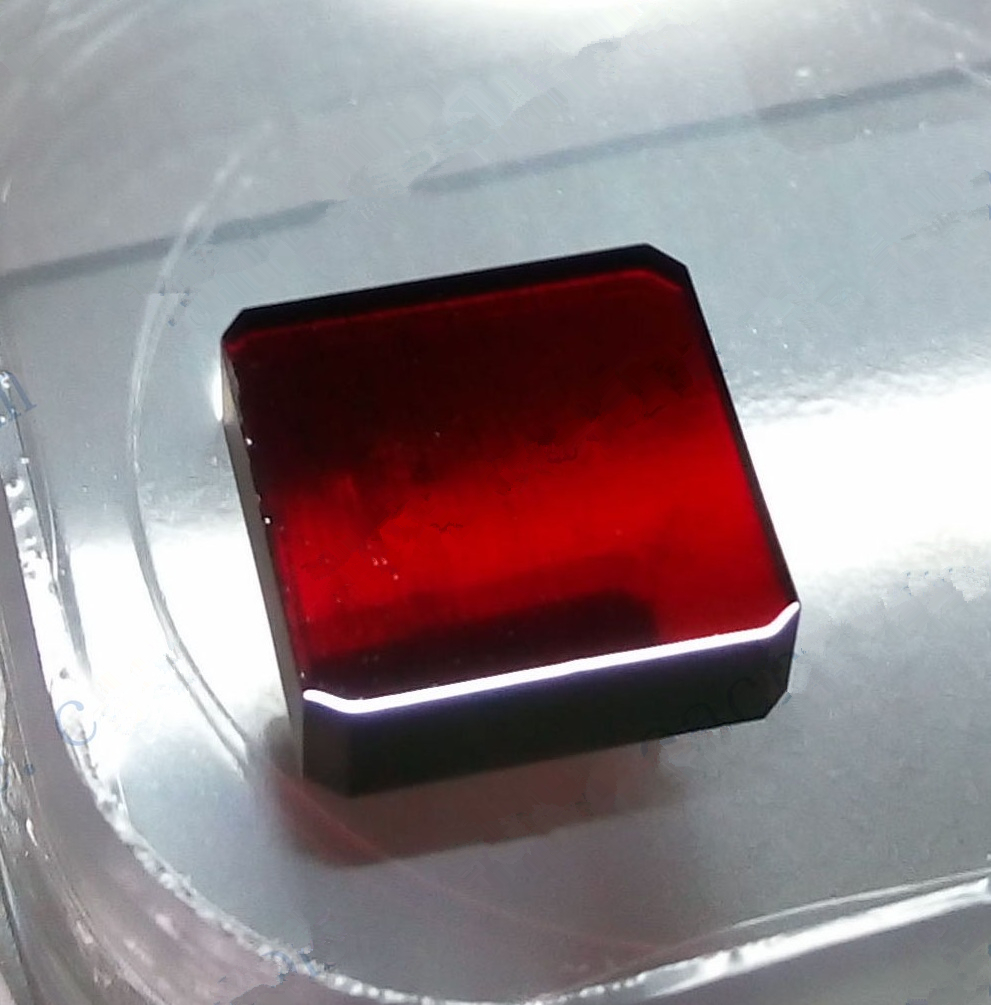Zinc telluride (ZnTe), an important II-VI semiconductor material, is widely used in infrared detection, solar cells, and optoelectronic devices. Recent advancements in nanotechnology and green chemistry have optimized its production. Below are the current mainstream ZnTe production processes and key parameters, including traditional methods and modern improvements:
________________________________________
I. Traditional Production Process (Direct Synthesis)
1. Raw Material Preparation
• High-purity zinc (Zn) and tellurium (Te): Purity ≥99.999% (5N grade), mixed in a 1:1 molar ratio.
• Protective gas: High-purity argon (Ar) or nitrogen (N₂) to prevent oxidation.
2. Process Flow
• Step 1: Vacuum Melting Synthesis
o Mix Zn and Te powders in a quartz tube and evacuate to ≤10⁻³ Pa.
o Heating program: Heat at 5–10°C/min to 500–700°C, hold for 4–6 hours.
o Reaction equation:Zn+Te→ΔZnTeZn+TeΔZnTe
• Step 2: Annealing
o Anneal the crude product at 400–500°C for 2–3 hours to reduce lattice defects.
• Step 3: Crushing and Sieving
o Use a ball mill to grind the bulk material to the target particle size (high-energy ball milling for nanoscale).
3. Key Parameters
• Temperature control accuracy: ±5°C
• Cooling rate: 2–5°C/min (to avoid thermal stress cracks)
• Raw material particle size: Zn (100–200 mesh), Te (200–300 mesh)
________________________________________
II. Modern Improved Process (Solvothermal Method)
The solvothermal method is the mainstream technique for producing nanoscale ZnTe, offering advantages such as controllable particle size and low energy consumption.
1. Raw Materials and Solvents
• Precursors: Zinc nitrate (Zn(NO₃)₂) and sodium tellurite (Na₂TeO₃) or tellurium powder (Te).
• Reducing agents: Hydrazine hydrate (N₂H₄·H₂O) or sodium borohydride (NaBH₄).
• Solvents: Ethylenediamine (EDA) or deionized water (DI water).
2. Process Flow
• Step 1: Precursor Dissolution
o Dissolve Zn(NO₃)₂ and Na₂TeO₃ in a 1:1 molar ratio in the solvent under stirring.
• Step 2: Reduction Reaction
o Add the reducing agent (e.g., N₂H₄·H₂O) and seal in a high-pressure autoclave.
o Reaction conditions:
Temperature: 180–220°C
Time: 12–24 hours
Pressure: Self-generated (3–5 MPa)
o Reaction equation:Zn2++TeO32−+Reducing agent→ZnTe+Byproducts (e.g., H₂O, N₂)Zn2++TeO32−+Reducing agent→ZnTe+Byproducts (e.g., H₂O, N₂)
• Step 3: Post-treatment
o Centrifuge to isolate the product, wash 3–5 times with ethanol and DI water.
o Dry under vacuum (60–80°C for 4–6 hours).
3. Key Parameters
• Precursor concentration: 0.1–0.5 mol/L
• pH control: 9–11 (alkaline conditions favor reaction)
• Particle size control: Adjust via solvent type (e.g., EDA yields nanowires; aqueous phase yields nanoparticles).
________________________________________
III. Other Advanced Processes
1. Chemical Vapor Deposition (CVD)
• Application: Thin-film preparation (e.g., solar cells).
• Precursors: Diethylzinc (Zn(C₂H₅)₂) and diethyltellurium (Te(C₂H₅)₂).
• Parameters:
o Deposition temperature: 350–450°C
o Carrier gas: H₂/Ar mixture (flow rate: 50–100 sccm)
o Pressure: 10⁻²–10⁻³ Torr
2. Mechanical Alloying (Ball Milling)
• Features: Solvent-free, low-temperature synthesis.
• Parameters:
o Ball-to-powder ratio: 10:1
o Milling time: 20–40 hours
o Rotation speed: 300–500 rpm
________________________________________
IV. Quality Control and Characterization
1. Purity analysis: X-ray diffraction (XRD) for crystal structure (main peak at 2θ ≈25.3°).
2. Morphology control: Transmission electron microscopy (TEM) for nanoparticle size (typical: 10–50 nm).
3. Elemental ratio: Energy-dispersive X-ray spectroscopy (EDS) or inductively coupled plasma mass spectrometry (ICP-MS) to confirm Zn ≈1:1.
________________________________________
V. Safety and Environmental Considerations
1. Waste gas treatment: Absorb H₂Te with alkaline solutions (e.g., NaOH).
2. Solvent recovery: Recycle organic solvents (e.g., EDA) via distillation.
3. Protective measures: Use gas masks (for H₂Te protection) and corrosion-resistant gloves.
________________________________________
VI. Technological Trends
• Green synthesis: Develop aqueous-phase systems to reduce organic solvent usage.
• Doping modification: Enhance conductivity by doping with Cu, Ag, etc.
• Large-scale production: Adopt continuous-flow reactors to achieve kg-scale batches.
Post time: Mar-21-2025


